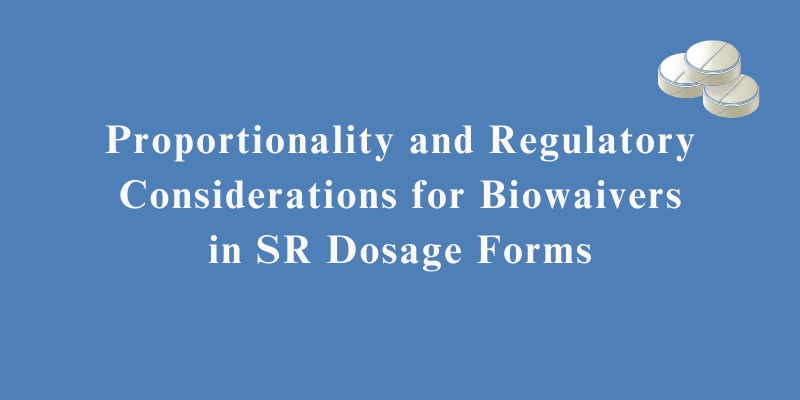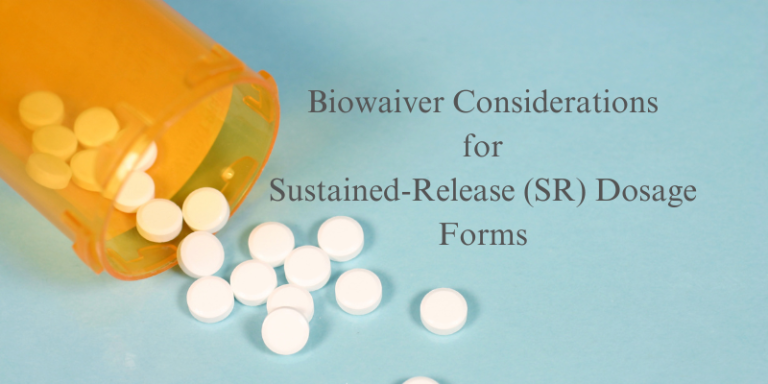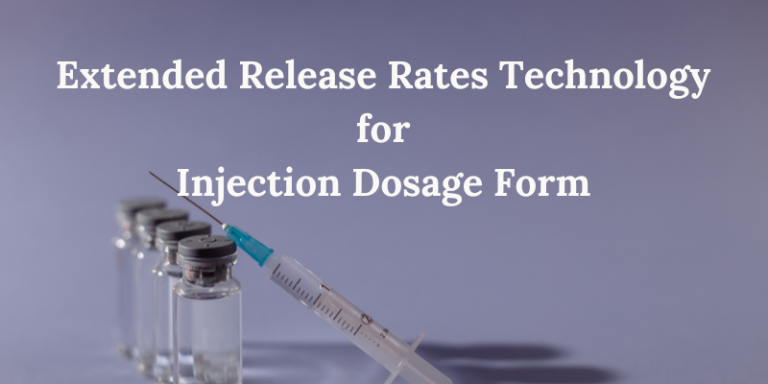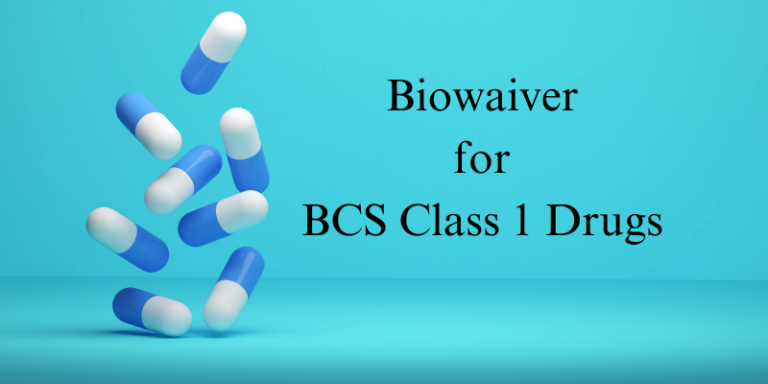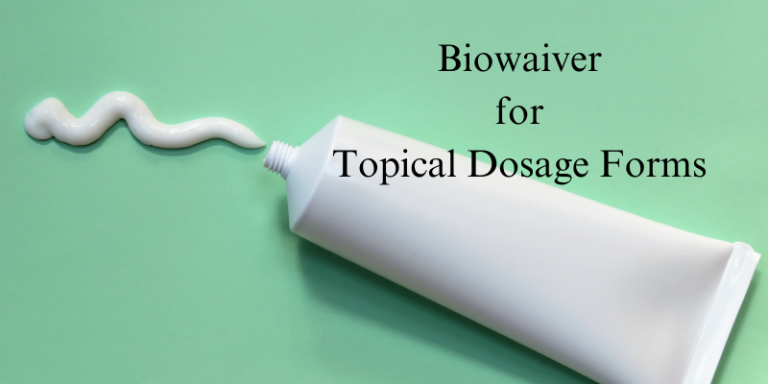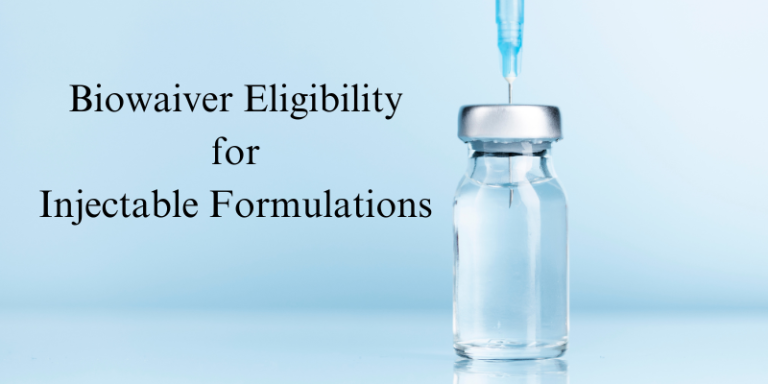Proportionality and Regulatory Considerations for Biowaivers in SR Dosage Forms
For SR formulations, the rate-controlling polymer plays a crucial role in drug release. When seeking a biowaiver for a lower strength, regulatory agencies assess whether the polymer content is proportional or if adjustments impact drug release.
Proportionality of Rate-Controlling Polymer Across Strengths Lower strengths may qualify for a biowaiver if the polymer-to-drug ratio remains the same. If the polymer amount changes, a biowaiver is possible only if dissolution profiles remain similar (f₂ ≥ 50).
Regulatory agencies (USFDA, EMA) require evidence that polymer changes do not alter release kinetics.
SUPAC Guidance Considerations
Level 1 Changes: Minor polymer adjustments (<5%) that do not impact drug release. Level 2 Changes: Polymer modifications (5–10%) that may require additional dissolution studies. Level 3 Changes: Significant polymer changes (>10%) that typically require a biostudy unless IVIVC supports waiver.
Impact of Polymer on Drug Release Mechanism
- If the same polymer type and grade is used across strengths and the release mechanism remains unchanged, a biowaiver is feasible.
- If polymer content is reduced, mechanism validation via IVIVC or multi-point dissolution profiling is required.
Examples of polymers affecting release
- Hydrophilic polymers (e.g., HPMC, xanthan gum) – maintain gel matrix integrity.
- Hydrophobic polymers (e.g., ethyl cellulose, polyacrylates) – influence diffusion rate. Ion-exchange resins – may show pH-dependent release variations across strengths.
SUPAC Considerations
- Change in polymer viscosity (same grade) – may be acceptable with supporting dissolution data.
- Change in polymer type (e.g., from HPMC to HPC) – may require additional in vivo evidence.
Dissolution Testing Requirements
- Multi-pH dissolution studies (pH 1.2, 4.5, 6.8) to confirm consistent drug release.
- Discriminatory dissolution studies will be required.
IVIVC for Justification
- If the lower strength maintains a validated IVIVC, regulatory agencies may grant a biowaiver.
- IVIVC models must confirm that the reduced polymer level does not impact drug absorption kinetics.
Regulatory Challenges
- Direct scaling down of polymer proportion is preferred.
- If polymer content is significantly lower, a biostudy may be required unless dissolution proves equivalence.
- Risk assessment is crucial if the polymer affects drug solubility (BCS Class II or IV drugs).
Conclusion
A biowaiver for a lower strength SR dosage form can be considered if:
- The rate-controlling polymer is proportionally reduced without affecting release kinetics.
- The dissolution profile is similar across strengths.
- IVIVC supports the formulation change.
If polymer levels differ beyond SUPAC limits, a BE study may be needed unless in vitro data strongly predicts in vivo performance.
Read also:
- Biowaiver Considerations for Sustained-Release (SR) Dosage Forms
- Biowaiver Eligibility for Injectable Formulations
Resource Person: Moinuddin syed. Ph.D, PMP®

